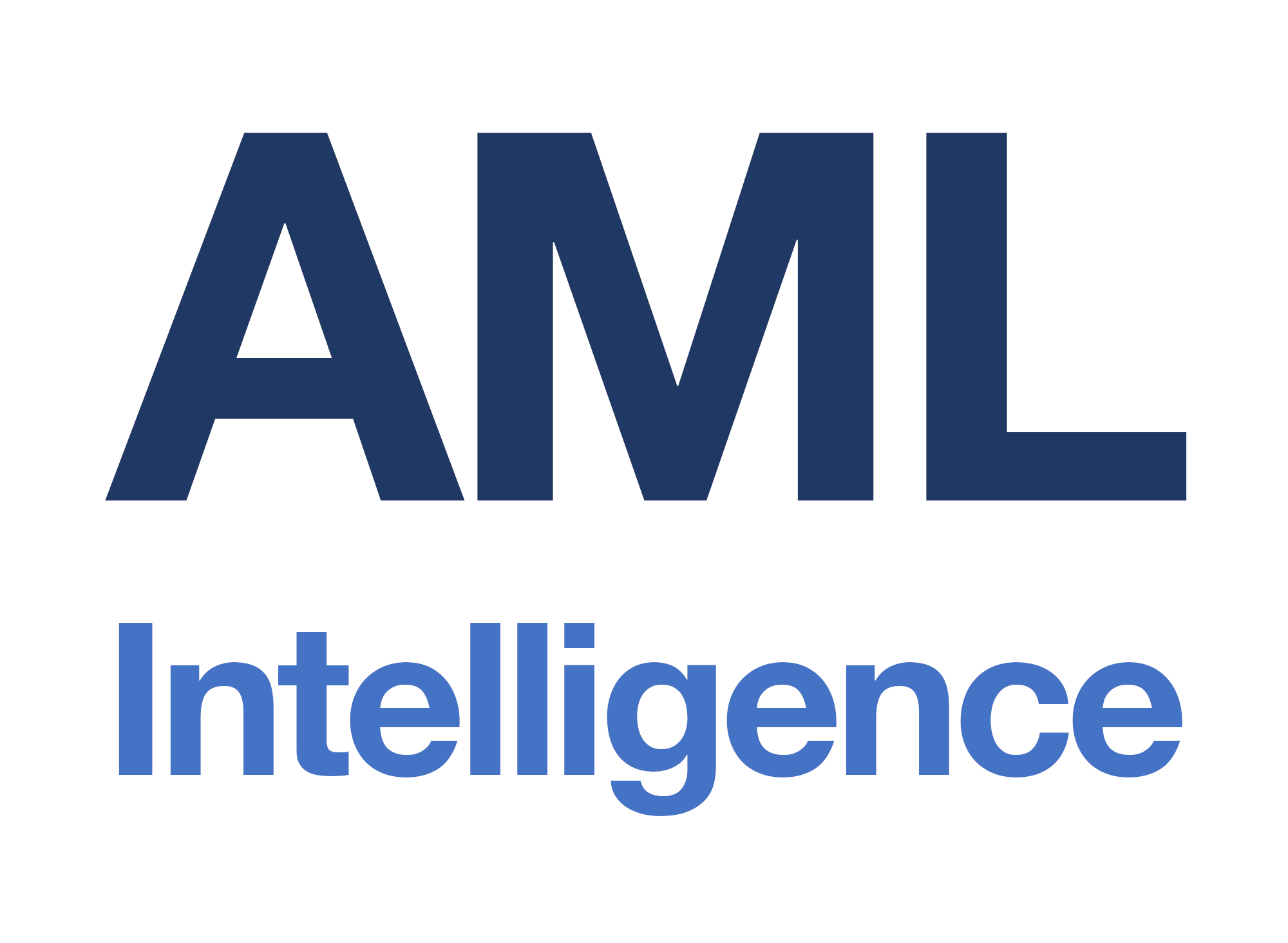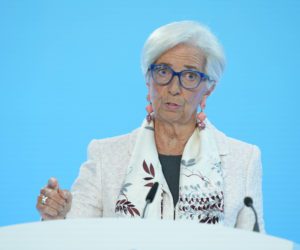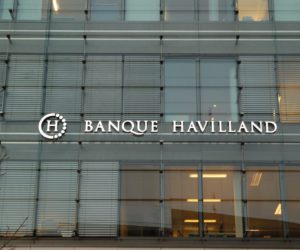Welcome to the AML Intelligence weekly insight into global money laundering techniques with Baptiste Forestier, Chief Compliance Officer at LinkCy.
Here he details current trends, emerging threats and opportunities for those in the AML, AFC and Compliance sectors.
Money laundering technique #𝟭
Virtual IBANs (International Bank Account Number)
The Belgian Financial Information Processing Unit (C.T.I.F.) have identified a new money laundering technique, which uses virtual account numbers linked to real bank accounts.
Transfers made to these virtual IBANs ultimately end up on a single account, called the root account.
This process is particularly useful for internationally active companies, especially when dealing with large volumes of transactions.
They can, for example, assign a different virtual IBAN for each customer to simplify their accounting.
They can also be used to classify transactions on the basis of:
- The currencies in which they are carried out (which can be advantageous in terms of exchange)
- The services and products sold by the company
- Their geographical areas
Unfortunately, they also present a significant risk of money laundering due to:
- Their international nature
- Their ultra-fast issuance
- Their ability to mask the root account
These are the characteristics that the alleged criminal took advantage of to receive funds from his clients and transfer them to other countries while staying under the radar.
Money laundering technique #𝟮
The hawala system (also called Hundi or Chop Shop banking)
Created centuries ago, in India and China, before Western financial systems were established, the hawala transfer system was used to facilitate the safe and convenient movement of money.
Traders who wished to send funds back to their home country would deposit them with a hawala “banker”.
For a small fee, the banker would arrange for the funds to be made available to another “banker” in another country.
The two bankers then settled their accounts, usually once a year.
The process is still popular today with immigrant populations or seasonal workers who want to (legally in this case) send small sums to their home country.
The main reasons for this are:
- Low bank charges
- The speed of the exchanges
- Difficulties to open a “normal” bank account
- A lack of confidence in the traditional banking system
With the proliferation of anti-money laundering measures around the world, the system has unfortunately become more attractive to money launderers and terrorists.
The main advantage for them is that there is almost no administrative trace.
Money transfers are made by coded messages, increasingly using encrypted messaging.
It is a particularly effective way to complete the first step of the money laundering cycle, through the placement of cash.
Hawala “bankers” are usually traders, which allows them to mix the cash they receive with the legitimate proceeds of their business, making it hard to detect.
Even with modern AML tools, the system is still thriving today with annual volumes in the billions of dollars, perhaps even tens of billions.
You can find Baptiste’s weekly insight into global money laundering techniques on AML Intelligence.
Baptiste has also recently launched The Laundromat Podcast available HERE:
Share this on:
Follow us on:









